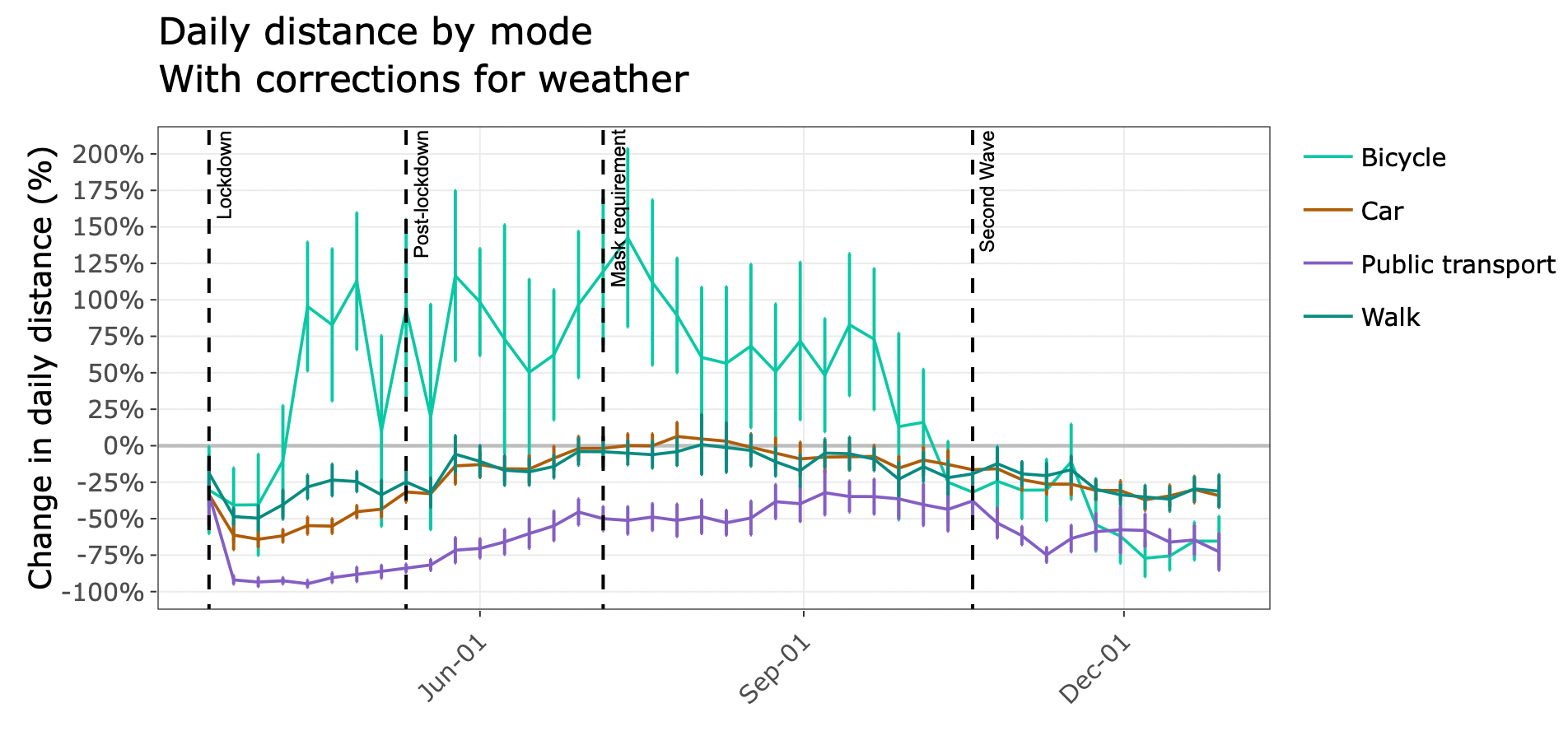Agent-based tracking of disease spread

We developed short- and long-term forecasting models to support decision-making during the Covid-19 pandemic using aggregated and individual-based approaches focusing on ICU occupancies and pandemic spread. We also highlight challenges faced and made recommendations that should support faster reactions in the future.
Background
Historically, the spread of infectious diseases is simulated with compartmental models based on differential equations that can accurately reproduce epidemic trajectories. However, a central assumption in equation models is that of a well-mixed and homogeneous population. Agent-based models can overcome these limitations by operationalizing the heterogeneity in individual attributes, for example, demographic attributes and pre-existing diseases, and behaviors in the simulation of epidemics.
Aim
This project aimed to optimize the response to Covid-19 by exploring complex and spatially heterogeneous policies (cantons and tri-national regions with border effects and disease import from outside). Moreover, our results should also be relevant for preparedness against other pathogens with pandemic potential. Finally, this project aimed to address a fundamental question in disease modeling: what are the merits and limitations of the ‘traditional’ equation-based models vs. ‘new’ agent-based models regarding projection accuracy, parametrization and computational cost?
Results
The Covid-19 intensive care unit (ICU) occupancy forecasting model was developed to provide near-real-time forecasts of ICU occupancy from April 2020 to March 2022 in Switzerland. The outcomes were updated daily on icumonitoring.ch. The short-term (3- or 7-day) model output was requested by the Swiss Armed Forces (SAF) for allocating medical resources in the country’s ICUs. The Covid-19 ICU capacity model combined a Susceptible-Exposed-Infected-Recovered model and a neural network model. Forecasts were based on hospital-level data on ICU occupancy from the “Koordinierter Sanitätsdienst“ of the SAF and potential covariates (weather, cases, medical personnel data, etc.).
We developed a stochastic individual-based transmission model of SARS-CoV-2 dynamics and Covid-19 disease, OpenCovid, to support model-informed scenario analysis. All data necessary to calibrate and inform the model were publicly available. Per request of the Federal Office of Public Health (FOPH) via the Swiss National Covid-19 Science Task Force, Swiss TPH, University of Basel, addressed a wide range of national-level questions in early 2021, including ‘When and by how much can Non-pharmaceutical interventions (NPIs) be lifted when vaccine roll-out starts?’, using OpenCovid.
To look at the long-term impacts of the pandemic and NPIs, we developed a methodology to pair the agent-based transport model MATSim with an externally developed agent-based epidemiological model, EpiSim. We worked on improving the representativeness of the synthetic population and their weekly mobility behavior, which is fed to the developed model. Using the MOBIS-Covid long-term tracking data, we estimated econometric models showing the reduction of activity participation based on the state of the pandemic. The last stage concerns the pairing of EpiSim, MATSim, and the newly developed econometric models forming a feedback loop. Similarly, an agent-based transport model of the tri-national region of Basel was paired with EpiSim. This model was applied to analyze the impact on SARS-CoV-2 incidence of changed activity locations and activity participation rates over time, e.g., due to various contact reduction measures, including school and border closures.
Specific contribution to tackle the current pandemic
The Covid-19 intensive care unit (ICU) occupancy forecasting model was developed to provide near-real-time forecasts from April 2020 to March 2022 in Switzerland. The outcomes were updated daily on icumonitoring.ch. The short-term (3- or 7-day) model output was requested by the Swiss Armed Forces (SAF) for allocating medical resources in the country’s ICUs. Per request of the Federal Office of Public Health (FOPH), Swiss TPH, University of Basel, addressed a wide range of national-level questions in early 2021 using the developed OpenCovid platform.
Original title
Agent-based tracking of disease spread with dynamic models of travel behaviour in a pandemic.
Website NRP 78 Research
